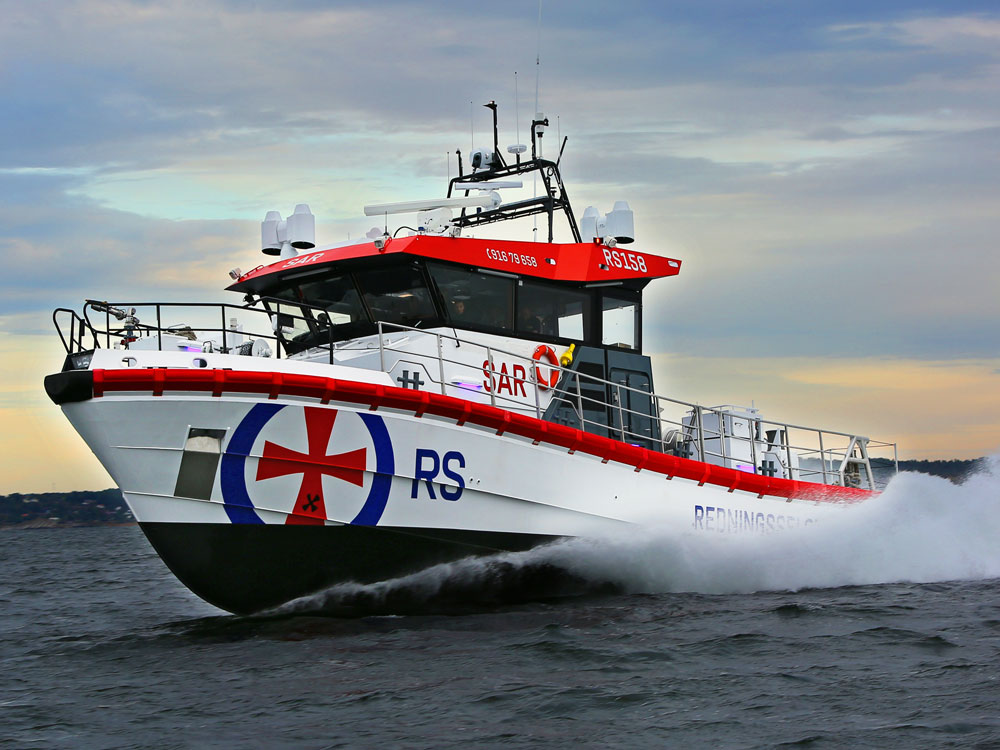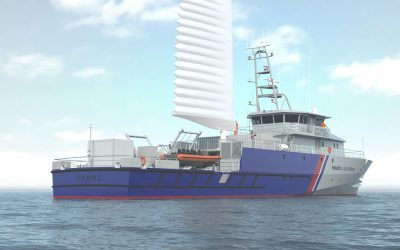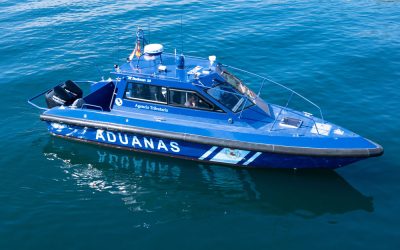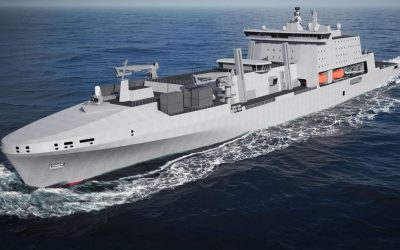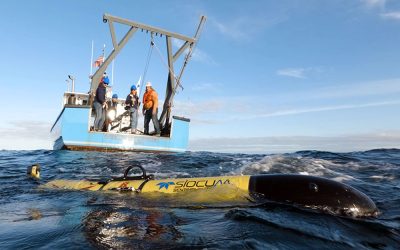Having saved more than 6,400 lives in its 130+ year history, the Norwegian Sea Rescue Society (Redningsselskapet) is a cornerstone of maritime safety in Norway. Like many rescue agencies, though, the Society often must negotiate treacherous sea conditions at high speeds, raising the risk of severe slamming – a threat to volunteer first responders, onboard casualties and the boats alike – and this is especially the case off Norway’s rugged coastline.
Earlier this year, Redningsselskapet decided to make Hefring Marine’s Intelligent Marine Assistance System (IMAS) a staple of its operations, building on a relationship that goes back to 2020, “when the IMAS was still in its infancy” Hefring Marine’s head of sales, Michael Given, tells The Naval Architect. This long-standing partnership has also enabled Redningsselskapet to provide feedback to Hefring Marine, enabling the company to tweak the IMAS in response to end-user recommendations.
At the time of writing, eight Redningsselskapet vessels were reported to be using the IMAS, though the Society intends to roll the system out across its entire 50+ vessel fleet between now and 2026.
The IMAS was developed to undertake multiple human-machine interface (HMI)-related roles, such as helping crew to avoid excessive slamming and to keep tabs on their vessels’ energy consumption. In the case of the Redningsselskapet contract, the emphasis was on crew safety and rescue boat integrity.
The system’s key features include its ‘safety speed’ predictive AI model. Given explains: “The model captures various types of real-time information – such as the engine data, weather info or any other useful data from the onboard sensors – and then compares that to historical data and decides the safest speed for the vessel, based on the sea conditions it is currently in. This is to avoid high G-force impacts and potential damage to the vessel and people on board.”
This is important, Given adds, because there is no ‘one size fits all’ approach to determining a safe speed. “Some of the Redningsselskapet boats include ambulance vessels with critically ill patients on board, who really don’t want to experience slamming,” he says. “For these boats, users can set a G-force tolerance limit on the IMAS to minimise impacts at a specific location on board, such as a patient’s bed, using an additional sensor.
“But, on fast response vessels, crew need to set that limit a bit higher – to, say, 3-4Gs – because those vessels have a different operational profile: they’re going hell-for-leather and can accept a bit more punishment than ambulance boats. They just need to make sure the vessel isn’t damaged and to keep the crew safe.”
The IMAS console displays two speeds: the vessel’s current speed over ground and the ‘safety speed’ required to keep the boat and crew safe, which is calculated from the abovementioned data. “The safety speed fluctuates in real time,” Given says, “so, if you enter a rough-water area, that speed will come down. If your speed over ground exceeds the safe speed, the whole dial goes red and warns the operator that you need to slow down now or you’re likely to have an impact over your threshold.”
The alert is sent to the bridge but can also be relayed back to shore, via the cloud. “Red-alert impacts are recorded, so you can look back and see which conditions led to those impacts,” Given adds. “That’s something that can help with insurance concerns – but also can help naval architects and boatbuilders to redesign existing boats, for enhanced safety.”
As an example, Given recalls an incident off the coast of Iceland, where a search and rescue (SAR) boat was hit on the bow by a freak wave rolling out of harbour. The impact, which was measured at 7.8Gs, broke the boat’s engine mounts and cracked some of its welds.
“The IMAS was paramount in understanding what happened in that incident,” Given says. Using this info, which included a 3D model highlighting the velocity with which the wave hit the boat, the boatbuilder and naval architect were able to analyse the ‘weak points’ of the current design – in this case, the intersection between the cabin, the stringers and the beam – and to make modifications to refine the design to be more robust.
While avoiding heavy slamming is obviously a big issue, the IMAS can also help operators to reduce their energy consumption and emissions, care of the system’s ‘eco speed’ functionality.
Like the safety speed option, the system’s eco speed mode gathers real-time info on the most fuel-efficient speed to pursue in the boat’s current environment. As Given explains, Hefring Marine’s client base for the IMAS includes everything from “large fishing trawlers to small, fast RIBs” – and so, again, determining an eco-friendly speed depends on each individual vessel type and its operational environment.
For the complete article, see the May 2025 issue of The Naval Architect
